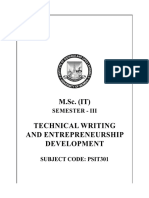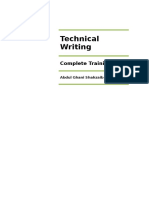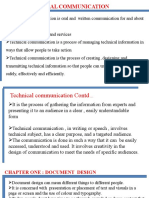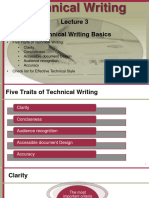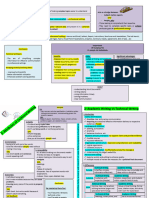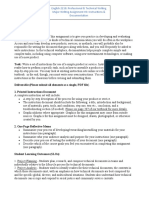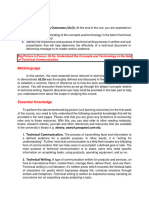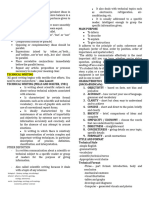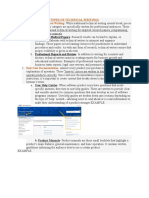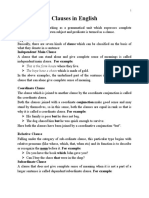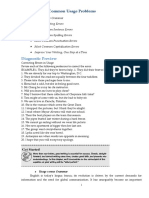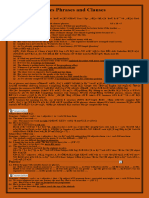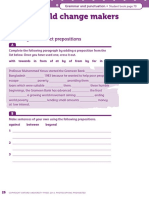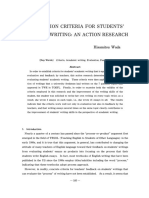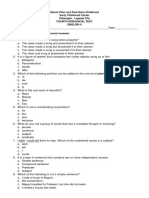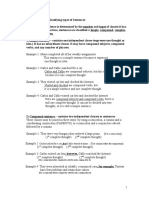0% found this document useful (0 votes)
22 views17 pagesETC Notes
The document provides comprehensive notes on Information Design and Development, covering various types of technical documents, the Information Development Life Cycle (IDLC), and organization structures. It also discusses key principles of technical communication, the writing process, ethical considerations, and best practices in technical writing. Additionally, it addresses advanced topics such as usability, project management, and localization in technical communication.
Uploaded by
anubhavkumar3240Copyright
© © All Rights Reserved
We take content rights seriously. If you suspect this is your content, claim it here.
Available Formats
Download as PDF, TXT or read online on Scribd
0% found this document useful (0 votes)
22 views17 pagesETC Notes
The document provides comprehensive notes on Information Design and Development, covering various types of technical documents, the Information Development Life Cycle (IDLC), and organization structures. It also discusses key principles of technical communication, the writing process, ethical considerations, and best practices in technical writing. Additionally, it addresses advanced topics such as usability, project management, and localization in technical communication.
Uploaded by
anubhavkumar3240Copyright
© © All Rights Reserved
We take content rights seriously. If you suspect this is your content, claim it here.
Available Formats
Download as PDF, TXT or read online on Scribd
/ 17





